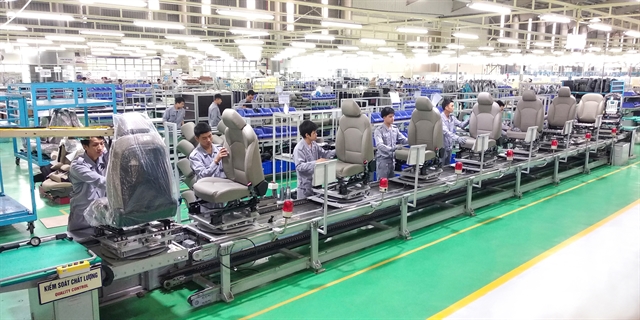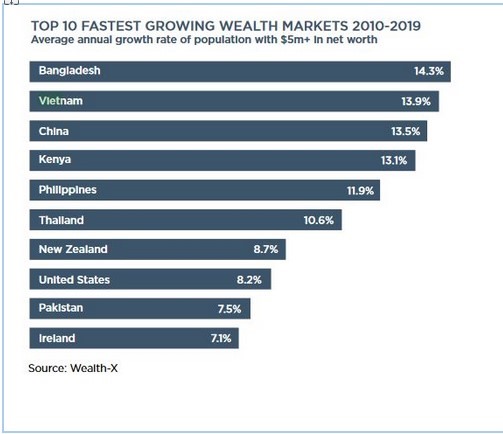
HÀ NỘI — The Ministry of Industry and Trade (MoIT) has said that transferring all or part of a solar power project was normal according to market rules and the Investment Law.
The MoIT was responding after concerns were raised that many solar power projects initially assigned to Vietnamese investors were being transferred to foreign investors.
Hoàng Tiến Dũng, director of the MoIT’s Electricity and Renewable Energy Authority, said: “The existing regulations allow the transfer of projects to eligible foreign investors. Transferring projects and changing shareholders need the approval of the Ministry of Planning and Investment or the Department of Planning and Investment depending on project scale."
As of May 11, according to the Department of Electricity and Renewable Energy, Việt Nam had 92 solar power projects and 10 wind power projects with a total capacity of nearly 6,000 MW in commercial operation.
A number of them have been transferred partially or wholly to foreign investors by establishing joint ventures or share sales, including investors from Thailand, the Philippines, China, Singapore and Saudi Arabia.
Coal and gas power projects are invested under the business-operation-transfer (BOT) model with a Government guarantee during the projects' construction. However, at present, solar and wind power projects do not have Government guarantees.
"In the current context, domestic and foreign private investors developing power projects without a Government guarantee is a positive point attracting investment to the electricity industry," the MoIT representative said.
In addition, foreign investors often had more experience and ability in investing and managing plants. Foreign investors' participation in power projects would increase investment efficiency and bring more benefits to investors and society.
Decision 11/2017/QĐ-TTg and Decision 13/2020/QĐ-TTg on incentives for solar power development were aimed at those goals. Foreign investors are allowed to put investment into solar power projects according to regulations specified in these decisions as well as the laws on investment in general and foreign investment in Việt Nam in particular.
Feed-in tariffs (FIT) for solar power in Việt Nam were considered too high, so Dũng said that domestic and foreign investors should only focus on projects that had investment efficiency and benefits.
“The FIT for solar power projects are attractive but not high enough,” said Dũng, adding that the FIT in the past 10 years had fallen quickly due to the development of science and technology from 9.35 US cents per kWh in 2017 to 7.09 cents in 2019 for solar power projects on land.
According to the MoIT, the cost of developing renewable energy used to be higher than for traditional power. Việt Nam had applied the FIT mechanism to promote the development of renewable energy. This mechanism was an effective tool to promote the rapid development of renewable energy around the world, especially for new markets like Việt Nam.
The development of renewable energy had ensured enough power to supply the economy, reducing costly oil-fired power and greenhouse gas emissions.
However, the FIT mechanism also had some limitations. The mechanism had attracted investment in solar power projects focusing on areas with potential. That had led to grid overload in those areas and increased competition for land.
When Việt Nam's renewable energy market developed and there were more changes to renewable energy technologies, Việt Nam needed to change the FIT mechanism to solve these limitations, Dũng said. — VNS































